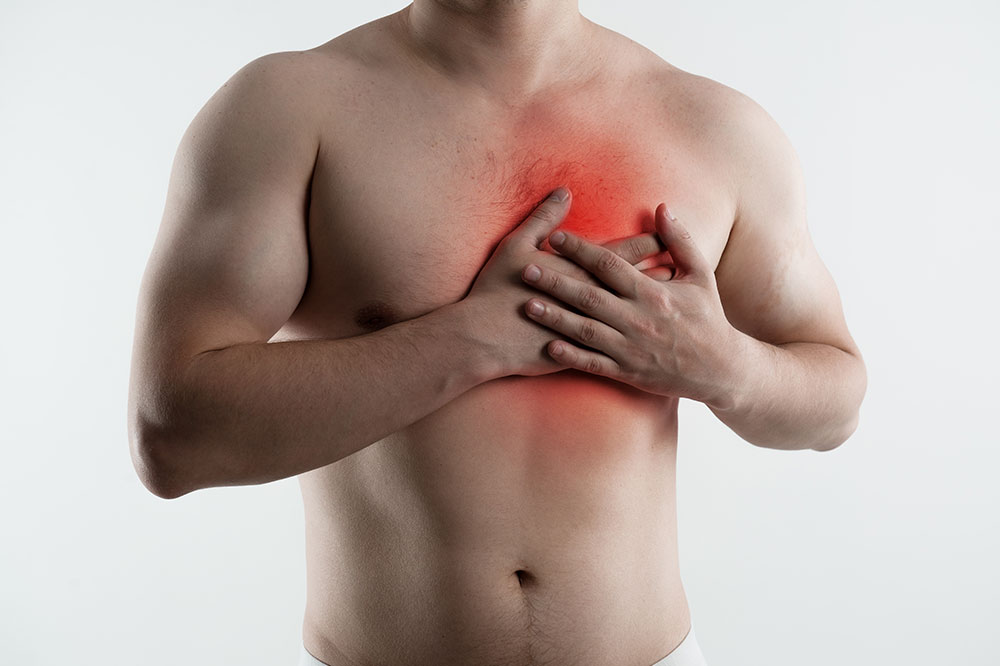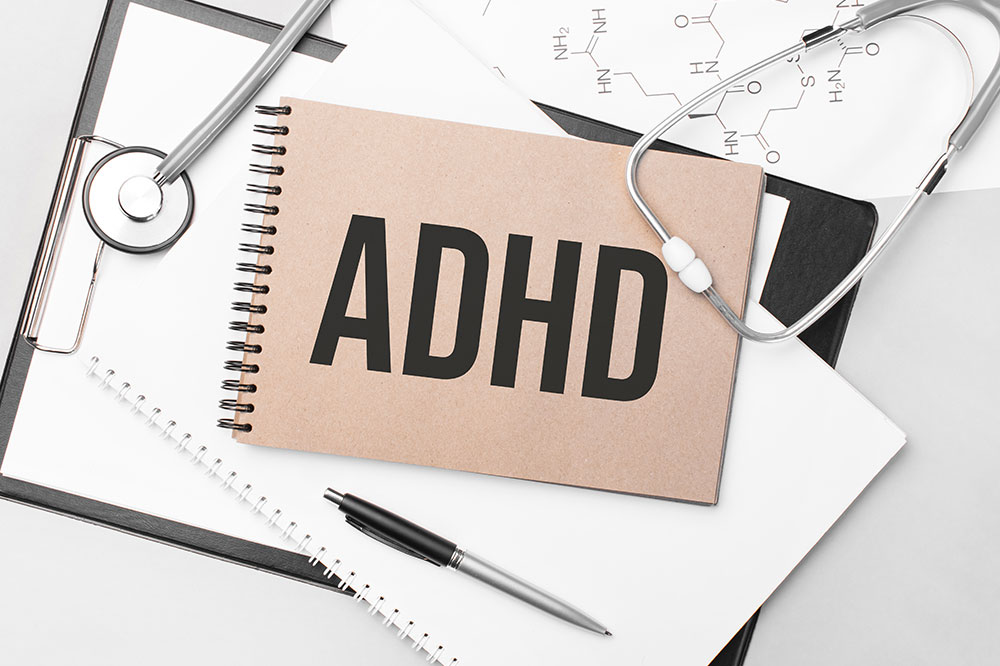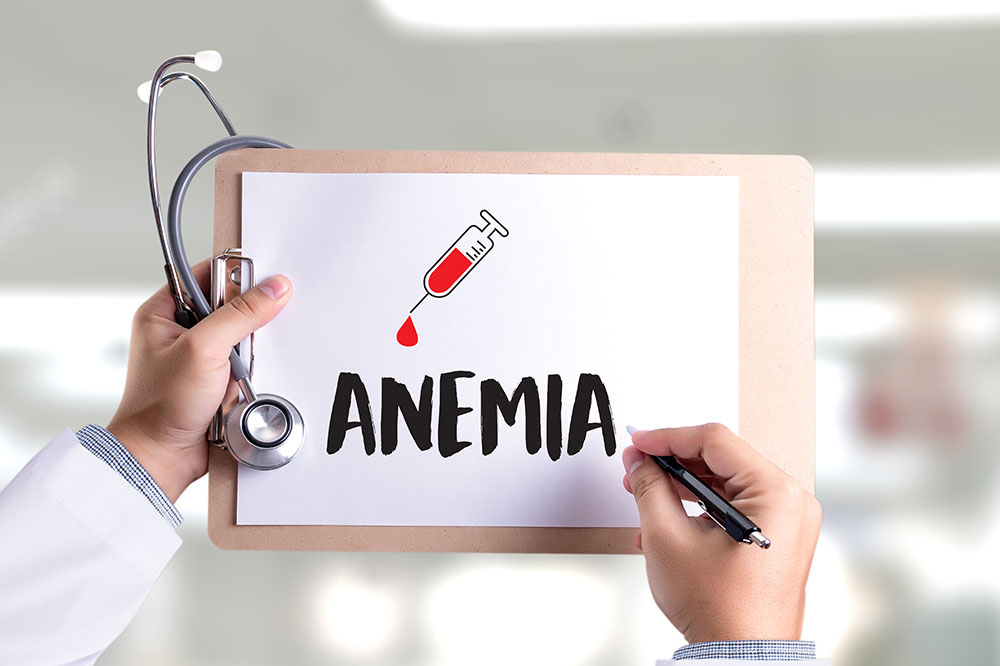Stages, diagnosis, and prevention of heartburn

Heartburn and GERD are often used interchangeably. However, heartburn is a common symptom experienced by people who suffer from acid reflux, and if heartburn occurs more than just twice in a week, the condition is known as gastroesophageal reflux disease (GERD). As per the National Institute of Diabetes and Digestive and Kidney Diseases, the condition affects as many as 20 percent of the country’s total population.
Stages of GERD
GERD is a progressive condition, and the treatment offered depends on the stage of the condition. How severely the reflux is taking place into the esophagus determines the stage of the condition. So, the various stages of GERD are:
Stage I
At this stage, the symptoms of the condition are mild and occur about once or twice the month. The treatment at this stage involves more lifestyle changes combined with some over-the-counter medications.
Stage II
When a patient is at this stage, the symptoms become more frequent and the need to take an acid-suppressive medication arises. If the medication is not taken, the symptoms of the condition can become severe and can interfere with the daily routine of the patient. When left untreated, the symptoms are also linked with inflammation of the esophagus.
Stage III
Patients at this stage have symptoms that cannot be treated with prescription medications. The symptoms interfere with their day-to-day tasks and affect their quality of life. Esophageal inflammation is also common at this stage. Patients at this stage need expert advice and an anti-reflux procedure can be done to enhance the quality of life.
Stage IV
When GERD is left untreated for many years, it leads to this stage which is also known as esophageal cancer. Out of the total patients with long-term GERD, 10% go on to progress to this stage. At this stage, these patients suffer from Barrett’s esophagus, which is a condition that occurs before cancer. If at this stage, the patient does not get treatment, their condition can progress and can eventually lead to cancer.
Diagnosis
To diagnose GERD, your doctor will check the history of your symptoms and will conduct a physical exam. In some cases, the doctors might also want to check for any complications caused by the condition. In such situations, the following tests can be ordered:
- Upper endoscopy
- Ambulatory acid probe test
- Esophageal manometry
- An X-ray conducted on the upper part of the digestive system
Prevention
There are several ways to prevent GERD. These include the following:
Lose extra weight
One of the main causes of GERD is obesity or unhealthy body weight. When there is extra fat on the stomach, it causes pressure on the abdomen area and creates pressure on the gastric juices. This sends the juices up to the esophagus and causes heartburn and GERD.
Avoid certain foods
There are certain foods known to put you at the risk of GERD. Therefore, you must refrain from consuming:
- Spicy food
- Foods rich in acid such as tomatoes
- Mint
- Coffee
- Onions
- Chocolates






